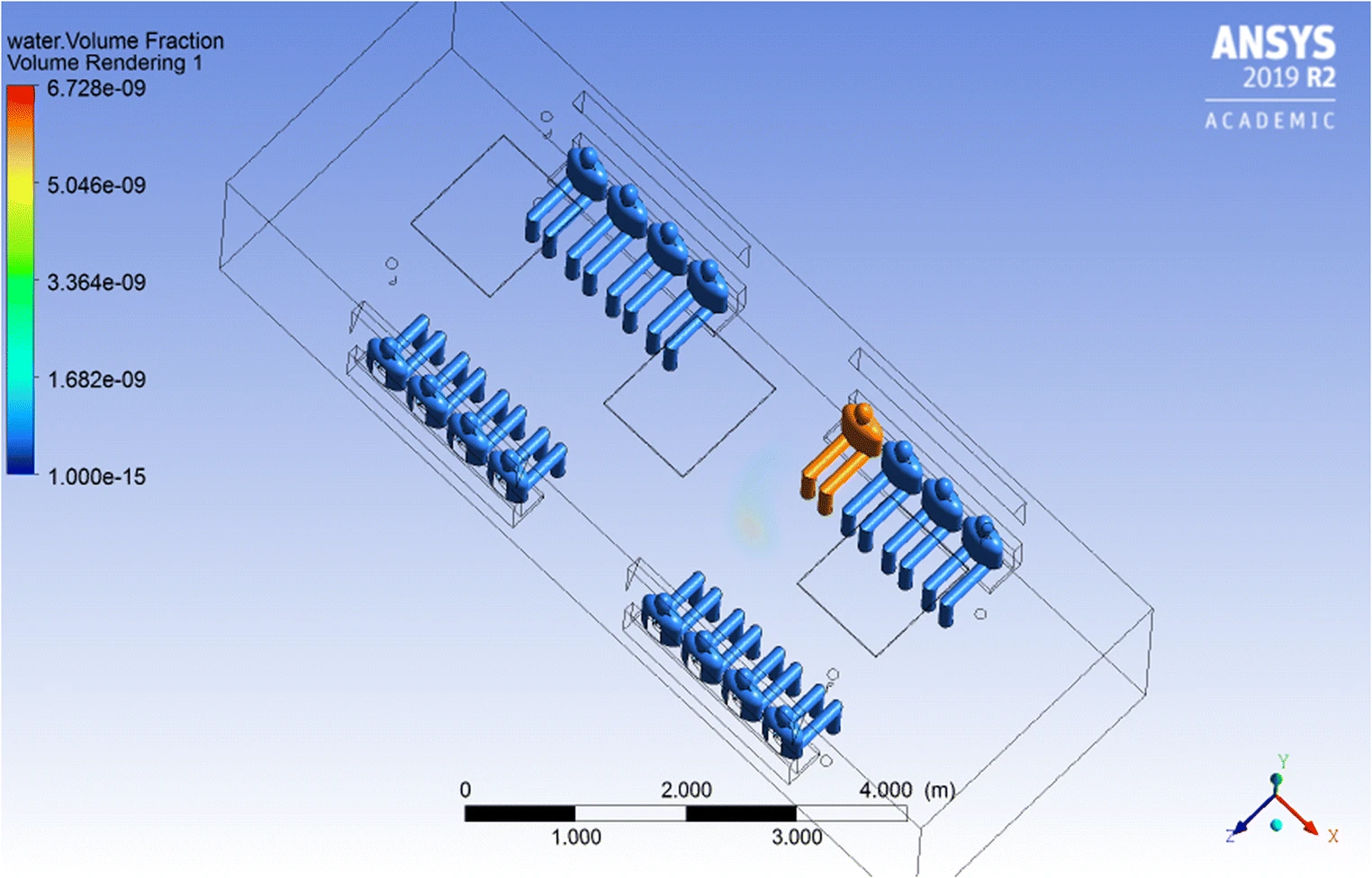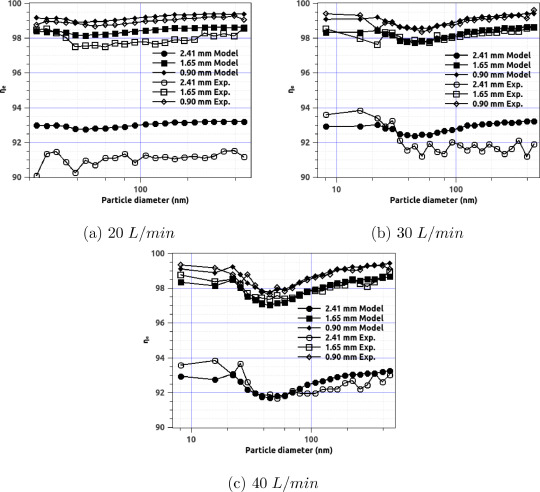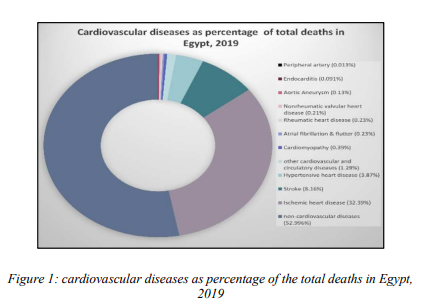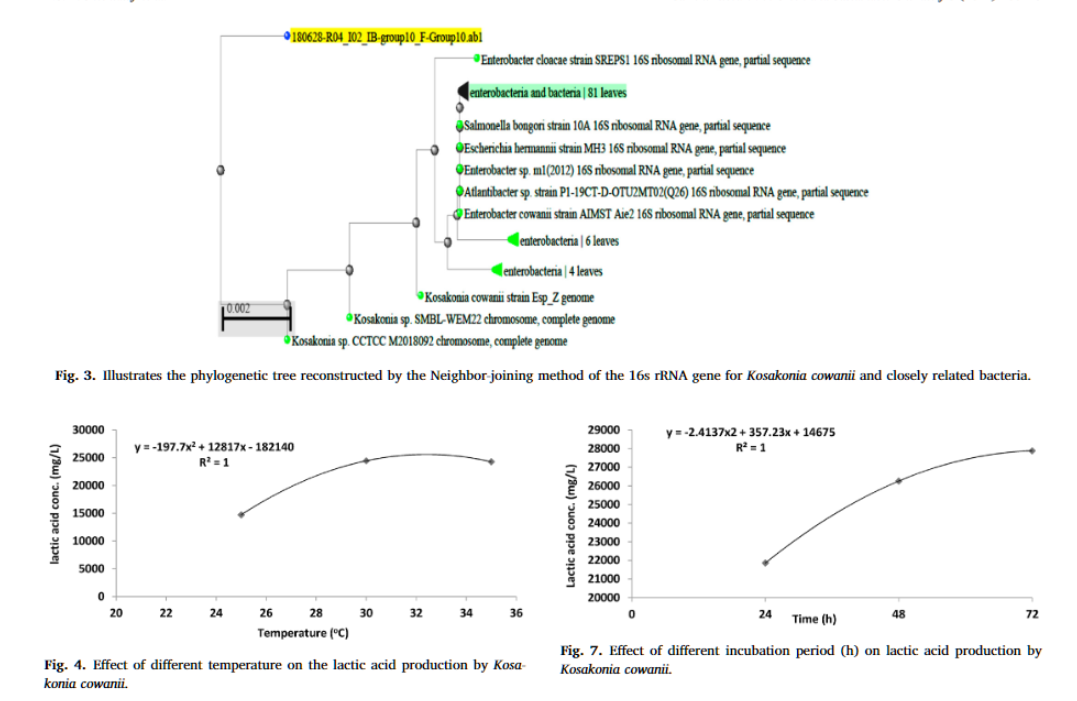Breadcrumb
Cold flow numerical simulation inside local pottery furnace for different designs for the air inlet
One of the many pleasures of living in Egypt is having the opportunity to visit places like a village called Tunis in El-Fayoum governorate which is a touristic village and export art and handicraft such as Pottery for 3-4 decades. The clay processing in the traditional pottery industry contains several stages. The process and quality of the pottery have to be improved to reduce pollution and the manufacturing round time which could be done through improving the heating process. Towards this goal, turbulent three-dimensional numerical simulations for the in-use air inlet and a modified design

Air change rate effects on the airborne diseases spreading in Underground Metro wagons

An analytical model for the effective filtration efficiency of single and multiple face masks considering leakage
Ergonomic analysis of a working posture in steel industry in Egypt using digital human modeling
This study presents solutions for improving a bending awkward posture in steel industry in Egypt using digital Human Modeling (DHM). The information is gathered by interviewing the workers, working postures are recorded via a video camera while the worker is performing his usual work. The postures are analyzed using DHM software. Porter comfort analysis and Rapid Upper Limb Assessment are applied for postures analysis. The analysis shows high levels of discomfort in neck, trunk, leg and forearm. These discomforts could cause permanent injuries over long periods. A modified design is proposed
Centralized Multi-agent Mobile Robots SLAM and Navigation for COVID-19 Field Hospitals
In this paper we focus on the proof of concept prototype of fully autonomous centralized Multi-Robot System (MRS) consisting of a Hexapod walking robot and a six wheeled mobile robot. Recently, there has been an increasing demand for such systems as they can be involved in several tasks such as collaborative search and rescue, surveillance, monitoring, and disinfecting Field hospitals. To name a few, COVID-19 pandemic showed the weak points in the medical sector around the world, including those in the most advanced nations that had to go through hard decisions due to the lack of medical
Numerical investigation of hematocrit variation effect on blood flow in an arterial segment with variable stenosis degree
Numerical simulations of blood flow in arteries are important in the understanding and diagnosis of many cardiovascular diseases, such as atherosclerosis and arterial stenosis. More realistic mathematical models representing blood rheology offer a better understanding of these diseases. In this study, blood is considered an Oldroyd-B fluid with a shear-thinning property and a shear rate-dependent relaxation time that is adopted by fitting experimental data. The Quemada model is used to represent the shear-thinning property with hematocrit variation. The stabilized finite element method is used

CFD analysis of transient blood flow in a cerebral aneurysm: A comparison between a healthy and diseased model
The unsteady flow field variations between healthy and diseased three-dimensional rigid posterior cerebral artery are numerically investigated. The Computational hemodynamic simulations have been known to provide valuable clinical information to researchers and surgeons that proved to be crucial for the assessment of medical risks, pre-surgical conditioning and treatment planning. The wall shear stress (WSS) and wall pressure are the most important hemodynamic variables, and both are used to give accurate description about the health status of the artery. The results showed that at the

Regression Modeling for the Ventilation Effect on COVID-19 Spreading in Metro Wagons
The effect of different ventilation parameters on the infection potential of COVID-19 in a metro wagon is numerically studied. Two key indicators are used to quantify this potential. Based on the numerical results a regression analysis is performed to come up with the most suitable regression model for these key parameters. The proposed regression models are helpful in quantifying the infection risk at different ventilation scenarios. © 2021 IEEE.

Optimization of lactic acid production from agro-industrial wastes produced by Kosakonia cowanii
Lactic acid is used for the preparation of poly-lactic acid. The objective of this research was to produce lactic acid from agro-industrial wastes as cheap, renewable substrates, and also reduce the pollution burden on the environment. Sixteen bacterial isolates were isolated from agro-industrial wastes. The chemical hydrolysis of agro-industrial wastes was achieved with hydrochloric acid, sulfuric acid, and sodium hydroxide. The highest yield of lactic acid produced was identified using 16S rRNA. The optimum conditions for lactic acid production were determined. Calcium lactate, produced from
